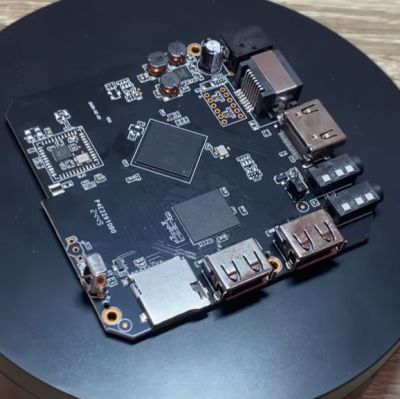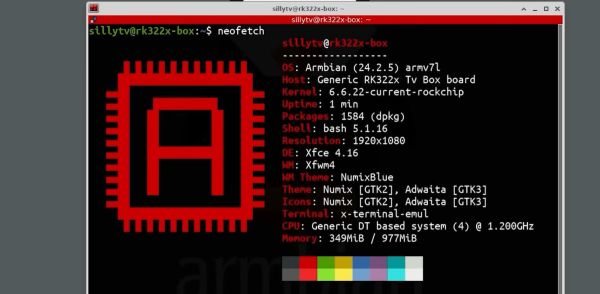Marketplaces and e-waste recycling centers are practically overflowing with the things: ARM-based streaming TV boxes that run some — usually very outdated and compromised — version of Android. While you can use them for their promised streaming purposes, they’re invariably poorly optimized and often lie about their true hardware specifications. Which leaves the most important question: can you install Linux on these SBCs and use them as a poor man’s Raspberry Pi alternative? The answer, according to [Oleksii’s Tech] on YouTube is ‘sorta’.

The commonly seen X96Q clone Android TV box that [Oleksii] bought for $10 is a good example. The clone advertises itself as based on a quad-core Cortex-A53 AllWinner H313 SoC, like the genuine X96Q, but actually has a Rockchip RK3229 inside with correspondingly far lower performance. After you have determined what the actual hardware inside the box is, you can get a copy of Armbian for that particular SoC. Here, the Rk322x-box minimal image was used, with the box booting straight off an SD card. Some Android TV boxes require much more complicated methods to even boot off external media, so this was a lucky break.
Continuing the hardware scam, it was advertised as having 2 GB of RAM and 16 GB of Flash, but it actually has just 1 GB of RAM and 8 GB of eMMC Flash. This was enough to get Armbian desktop up and running, but that’s about all you can do. Desktop application performance was atrocious, mostly due to the CPU’s quad Cortex-A7 cores struggling to keep up.
As also suggested in the comments, the best use for these low-spec SBCs is probably to run light server applications on them, including Pi-Hole, Samba, an IRC bouncer, and so on. They’re pretty low-power, often have the requisite Ethernet built in, and it keeps another bit of potential e-waste from getting scrapped.
Continue reading “Repurposing Dodgy Android TV Boxes As Linux Boxes”




















